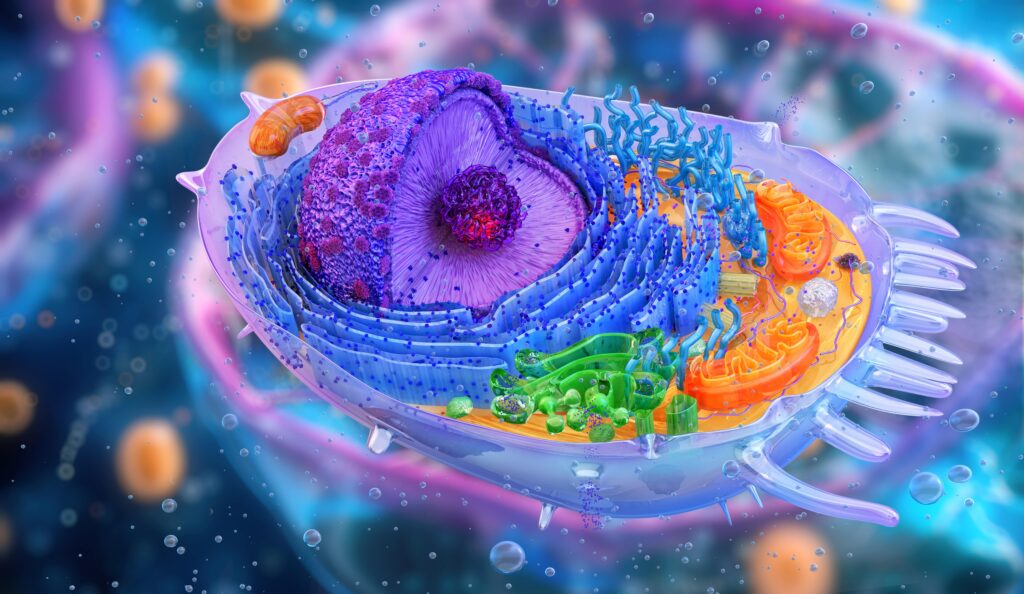Disease States

Disease States
Inhibitory mechanism and molecular interactions of the hypoxia upregulated protein 1
Collaboration with Prof G. Kollias, and Dr A. Matralis, BSRC Fleming
The Kollias’ lab is a world-renowned lab with expertise in studying the molecular and cellular mechanisms impacting chronic inflammatory disorders, such as Crohn’s disease and rheumatoid arthritis. The lab has established novel discovery pipelines for cheminformatics and in vitro testing, as well as carrying out preclinical evaluation in mouse models related to chronic inflammatory diseases. Here we investigate the molecular and conformational fingerprints of hypoxia upregulated protein 1 (HYOU1). HYOU1 constitutes a chaperone found in the endoplasmic reticulum and involved in tumours and other diseases. We will uncover molecular fingerprints upon binding of different small molecule compounds such as ATP and other known and potential drug compounds to the chaperone. We will utilise the synergistic power of HDX-MS (probing dynamic signatures upon small molecule binding) and native MS (determine binding and affinities). These experiments will not offer novel insights into the molecular partners of HYOU1, but it will also serve as a proof-of-concept to advance our research for building
- Tsukamoto Y, Kuwabara K, Hirota S et al. 150-kD oxygen-regulated protein is expressed in human atherosclerotic plaques and allows mononuclear phagocytes to withstand cellular stress on exposure to hypoxia and modified low density lipoprotein. J Clin Invest. 98, 1930–41, 1996. doi.10.1172/JCI118994

Disease States
Structural characterization of mitochondrial solute carrier SLC25
Collaboration with Prof. E. Douni, BSRC Fleming, and Prof. P. Kastritis, NHRF
SLC25A46 constitutes a novel mitochondrial protein responsible for causing pathogenies in a wide spectrum of rare neurological diseases in humans, including optic atrophy, Leigh syndrome, and progressive myoclonic ataxia. SLC25A46 is an outer membrane protein, member of the Solute Carrier 25 (SLC25) family of nuclear genes encoding mitochondrial carriers, with key roles in mitochondrial dynamics and cristae maintenance. Douni’s group previously employed a genetic approach to identify a neurological mouse model caused by a nonsense mutation in the Slc25a46 gene8. Mutant mice manifest the main clinical features identified in patients, including ataxia, optic atrophy and cerebellar hypoplasia, which can be rescued by expression of the human ortholog. Moreover, histopathological analysis revealed previously unknown lesions, most notably by disrupting the cytoarchitecture in the cerebellum, and retina as well as being responsible for abnormalities in the neuromuscular junction. The mice mutant offered a valid model for understanding the mechanistic basis of the complex SLC25A46-mediated pathologies, and further investigation of the associated human pathology. Here, we will utilize HDX-MS to shed new light on the dynamic changes associated with pathological mutations. In combination with cryo-EM and computational analyses we will investigate the structures of both apo and mutant forms of SLC25A46. We will also carry out analysis in outer membrane vesicles providing a mechanistic basis of the disease in native conditions. The combination of HDX-MS with cryo-EM and computational tools will not only allow us to establish a structural model associated with disease but also offer a template of investigating other similar systems.
- Terzenidou ME, Segklia A, Kano T, Papastefanaki F, Karakostas A, et al. Novel insights into SLC25A46-related pathologies in a genetic mouse model. PloS Genetics,13(4), e1006656, 2017: doi:10.1371/journal.pgen.1006656


